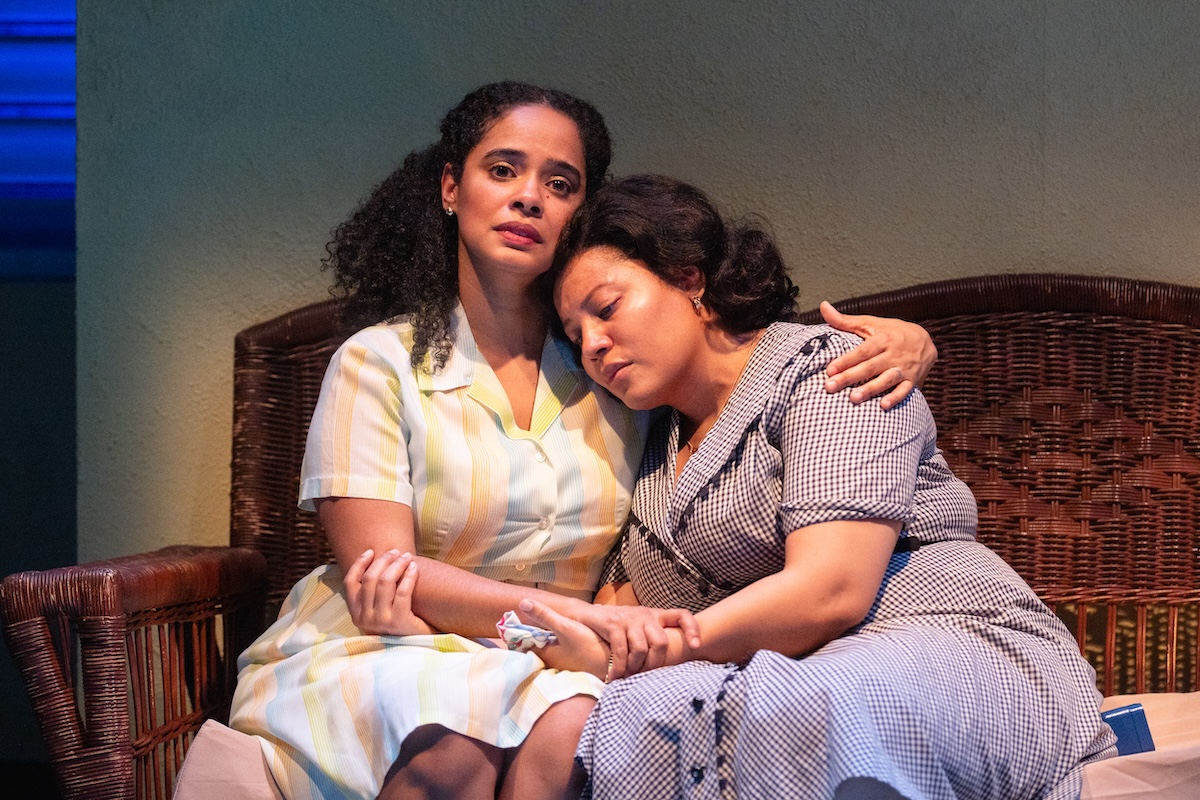13 Things About Ed Carpolotti
Virginia’s husband Ed has recently died. She is left to pick up the pieces. And in Barry Kleinbort’s 13 Things About Ed Carpolotti, a sweet-nothing of a chamber musical at 59E59 based on Jeffrey Hatcher’s short play, there are a lot of pieces.
When Ed passed, he left his grieving widow – played to perfection by the great Penny Fuller – with a construction company indebted to bankers, gangsters, and fellow family members. Virginia made the mistake of signing paperwork that makes her responsible to cover the reimbursements. Soon enough, her bank accounts are frozen and she’s taking lunch meetings at the local diner with a variety of shady figures who all want the same thing: their loans paid back. And to top things off, she receives a ransom note promising that 13 embarrassing secrets about her husband will be revealed if she doesn’t cough up $1 million.
Throughout the musical’s 60-minute duration, the skilled Fuller, who is joined on the miniscule platform-of-a-stage by her (generally) silent accompanist Paul Greenwood, gives a master class in how to translate emotion in song through facial expressions, body language, and tone of voice. There’s no choreography to speak of; between Greenwood’s piano and the chair on which Virginia sits, there’s no room to dance. But Fuller, under Kleinbort’s direction, finds ways to move around so she’s not merely sitting delivering a monologue. She knows this character quite well – she appeared in the play version in 1995 – and her familiarity with Virginia shows.
The larger question regarding 13 Things About Ed Carpolotti is whether or not it works as a musical. In this particular production, with its messy cabaret style seating, it’s unclear. Since the material itself doesn’t lend itself to the musical treatment it receives (fun rhymes and a jaunty, tuneful score, performed with gusto), the songs seem to appear out of nowhere. And while there is a nifty mystery to unravel (owed to Hatcher’s play), the build-up is a bit too large for the quietly tender conclusion.
Still, watching a performance as technically flawless as Fuller’s makes the experience totally worthwhile.











